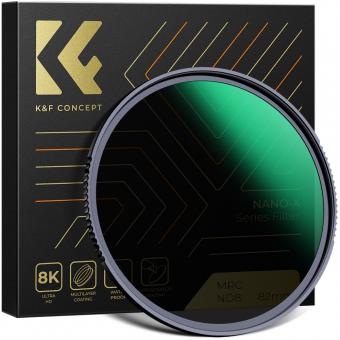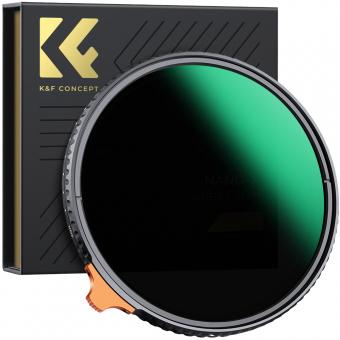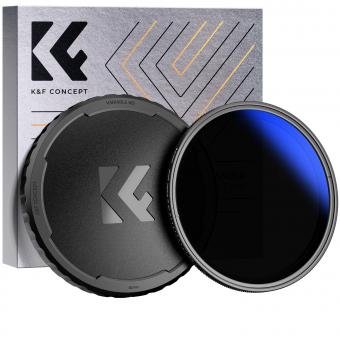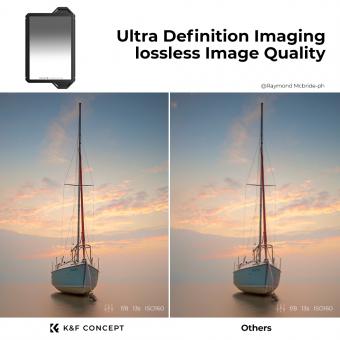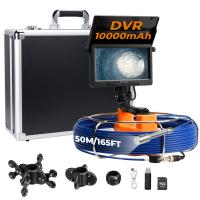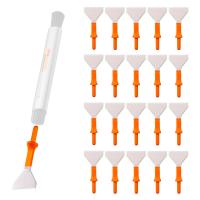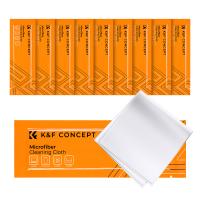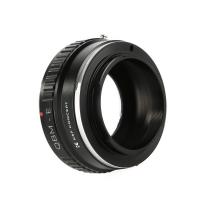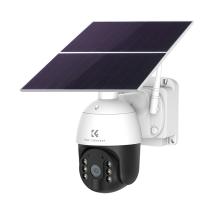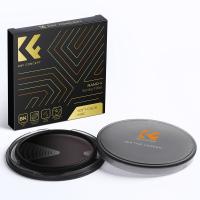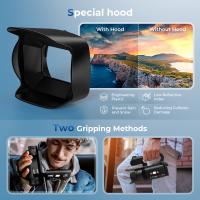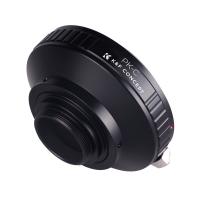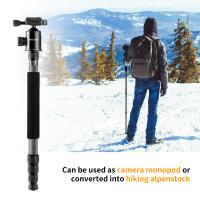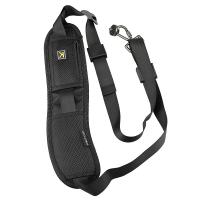What Is A 4 Stop Nd Filter ?
A 4 stop ND filter is a type of neutral density filter that reduces the amount of light entering the camera by four stops. This means that it allows only 1/16th of the original amount of light to pass through the lens. ND filters are commonly used in photography and videography to achieve certain creative effects, such as blurring motion or creating shallow depth of field in bright lighting conditions. The number of stops refers to the amount of light reduction, with higher numbers indicating greater light reduction. A 4 stop ND filter is a popular choice for outdoor photography and videography, as it can help to reduce overexposure and allow for longer shutter speeds or wider apertures in bright sunlight.
1、 Neutral Density Filters
A 4 stop ND filter is a type of neutral density filter that reduces the amount of light entering the camera by four stops. This means that it allows for longer exposure times or wider apertures without overexposing the image. ND filters are commonly used in landscape photography to create a sense of motion in waterfalls or clouds, or to capture a wider dynamic range in high-contrast scenes.
Neutral density filters come in different strengths, ranging from 1 stop to 10 stops or more. The strength of the filter is determined by the amount of light it blocks, with a 1 stop filter reducing the light by half and a 10 stop filter reducing it by a factor of 1000. The 4 stop ND filter is a popular choice for photographers who want to achieve a moderate level of light reduction without making the exposure too long.
In recent years, there has been a growing trend towards using variable ND filters, which allow the photographer to adjust the strength of the filter by rotating a ring on the front of the lens. This can be more convenient than carrying multiple fixed-strength filters and swapping them out as needed. However, variable ND filters can sometimes introduce color casts or other optical issues, so it's important to choose a high-quality filter from a reputable manufacturer.
Overall, ND filters are a versatile tool for photographers who want to control the amount of light entering their camera and create unique and creative images.
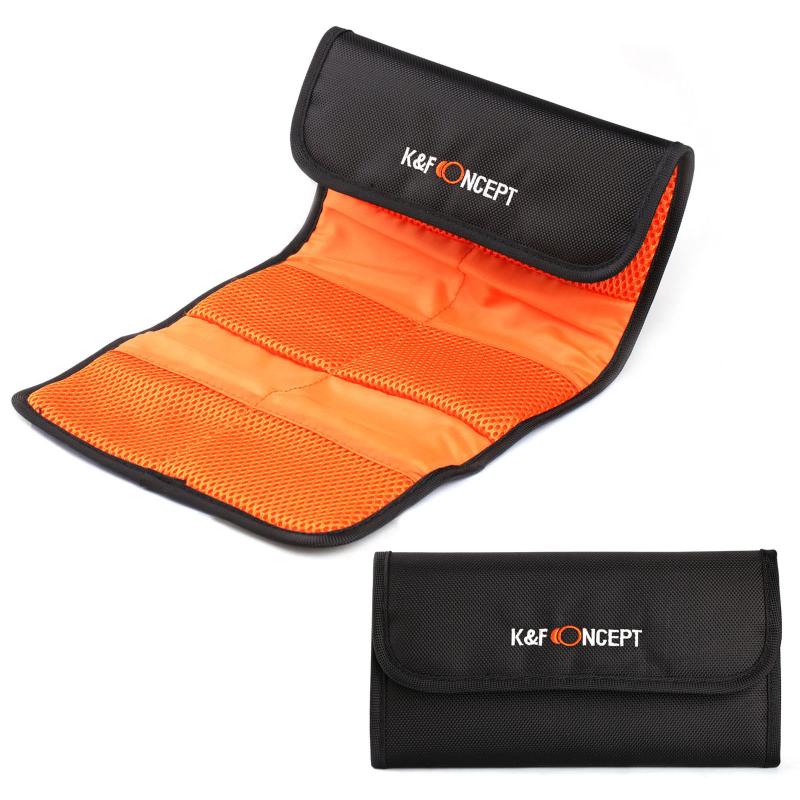
2、 F-stop Reduction
A 4 stop ND filter is a type of neutral density filter that reduces the amount of light entering the camera by four stops. This means that it allows only 1/16th of the original amount of light to pass through the lens. ND filters are commonly used in photography and videography to achieve certain creative effects, such as blurring motion or creating shallow depth of field in bright lighting conditions.
The term "stop" refers to a unit of measurement used in photography to describe the amount of light that enters the camera. Each stop represents a doubling or halving of the amount of light. For example, a 1-stop reduction in light would mean that only half the amount of light is entering the camera.
A 4 stop ND filter is a popular choice among photographers and videographers because it provides a significant reduction in light without being too extreme. It is often used in bright outdoor settings where the available light is too strong for the desired effect. For example, if a photographer wants to capture a waterfall with a long exposure to create a silky smooth effect, a 4 stop ND filter can be used to reduce the amount of light entering the camera and allow for a longer exposure time.
In recent years, there has been a trend towards using higher density ND filters, such as 10-stop or even 15-stop filters, to achieve more extreme effects. However, the 4 stop ND filter remains a versatile and useful tool for photographers and videographers of all levels.
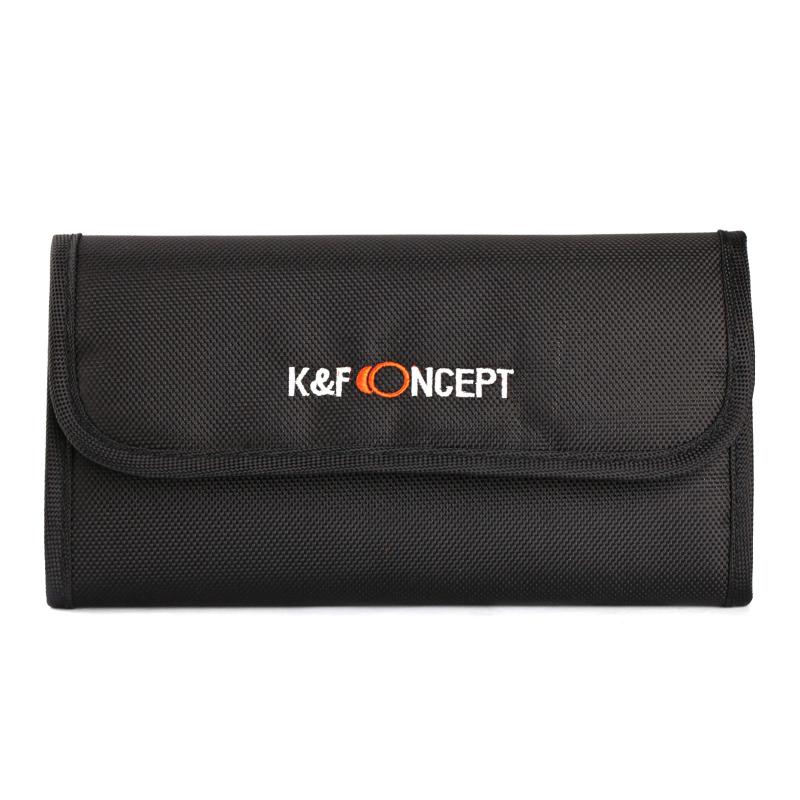
3、 Light Transmission
A 4 stop ND filter is a type of neutral density filter that reduces the amount of light entering the camera by four stops. This means that it allows only 1/16th of the original amount of light to pass through the lens. ND filters are commonly used in photography and videography to achieve certain creative effects, such as blurring motion or creating shallow depth of field in bright lighting conditions.
The term "neutral density" refers to the fact that the filter does not affect the color or hue of the light passing through it. This is important because it allows the photographer or videographer to maintain accurate color representation in their images or footage.
Light transmission is a key factor to consider when choosing an ND filter. The amount of light that is transmitted through the filter will determine how much exposure time is required to achieve the desired effect. A 4 stop ND filter will require four times the exposure time compared to shooting without a filter. This can be useful in situations where a slower shutter speed is desired, such as when photographing waterfalls or other moving subjects.
In recent years, there has been a growing trend towards using higher density ND filters, such as 10 stop or even 15 stop filters. These filters allow for extremely long exposure times, which can create unique and dramatic effects in landscape photography. However, it is important to note that using such dense filters requires careful planning and technique, as well as a sturdy tripod to prevent camera shake.
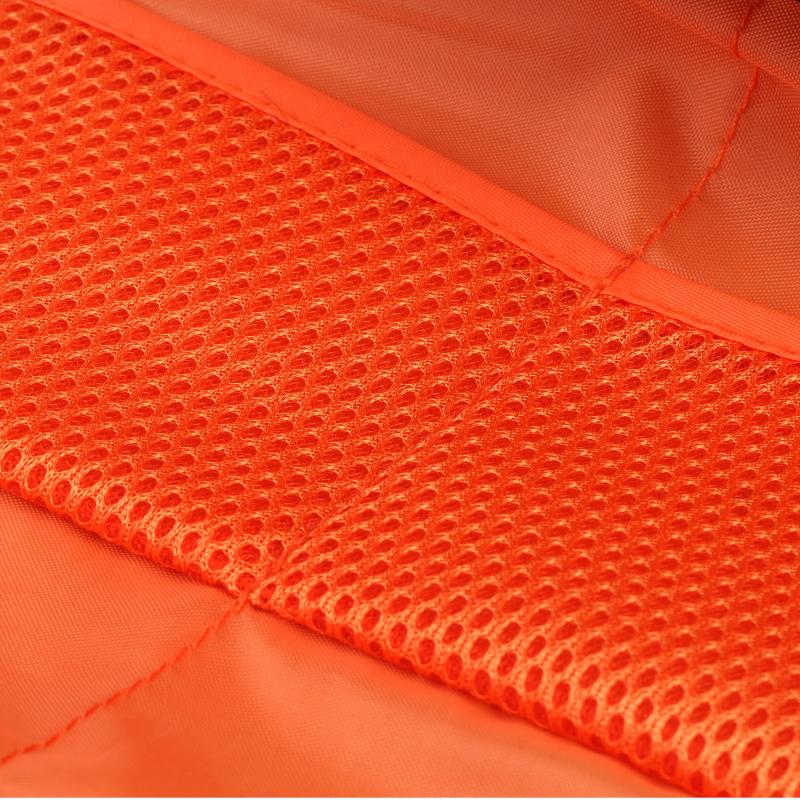
4、 Exposure Time
What is a 4 stop ND filter?
A 4 stop ND filter is a type of neutral density filter that reduces the amount of light entering the camera by four stops. This means that it allows you to use a slower shutter speed or wider aperture in bright conditions without overexposing your image. ND filters are commonly used in landscape photography to create long exposure effects, such as smoothing out water or clouds, or to achieve a shallow depth of field in bright sunlight.
The number of stops refers to the amount of light that is blocked by the filter. A 4 stop ND filter reduces the amount of light by a factor of 16 (2 to the power of 4), which means that you can use a shutter speed that is 16 times slower than without the filter. For example, if you would normally use a shutter speed of 1/100th of a second, with a 4 stop ND filter you can use a shutter speed of 1/6th of a second.
ND filters come in different strengths, ranging from 1 stop to 10 stops or more. The strength of the filter you choose depends on the amount of light you need to block and the effect you want to achieve. A 4 stop ND filter is a good all-around filter that can be used in a variety of situations.
In recent years, some photographers have started using variable ND filters, which allow you to adjust the strength of the filter by rotating it. This can be useful in situations where the light is changing quickly, such as during a sunset or sunrise. However, variable ND filters can sometimes produce a color cast or other unwanted effects, so it's important to choose a high-quality filter if you decide to use one.

